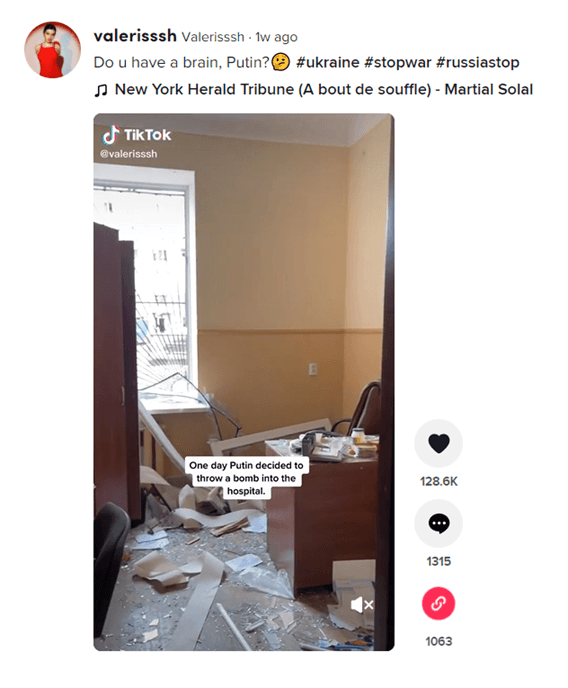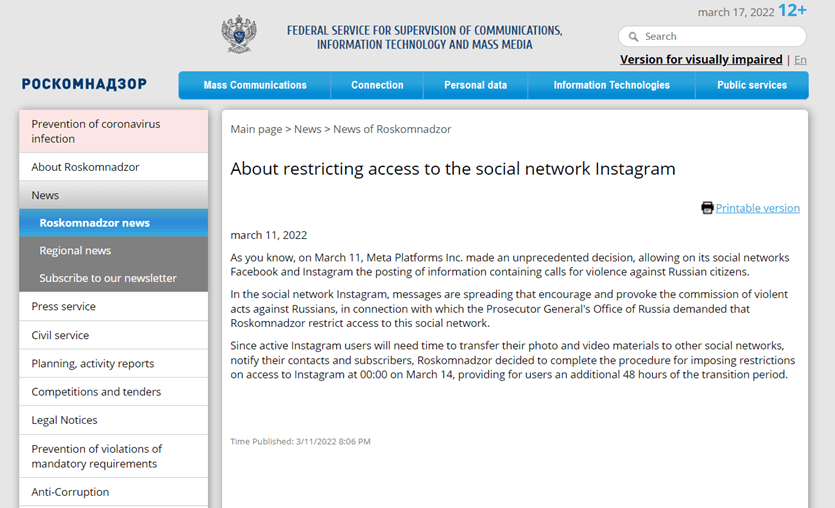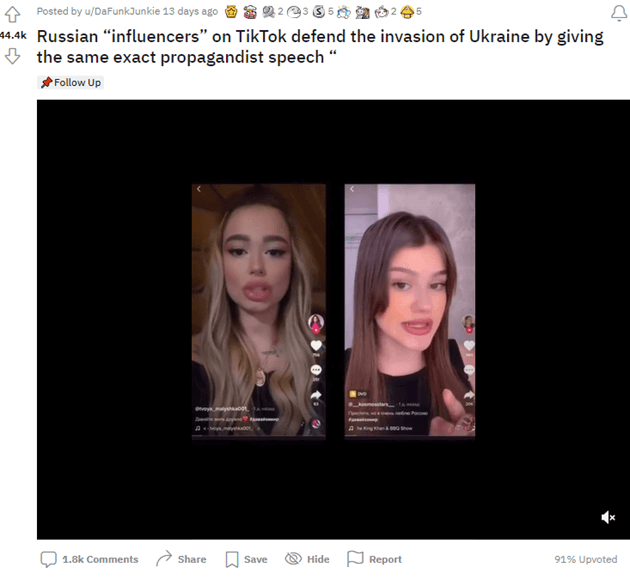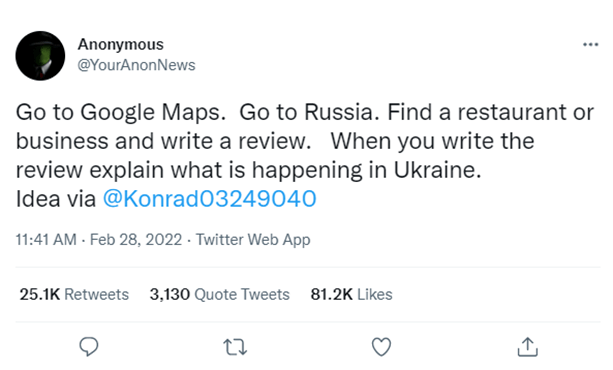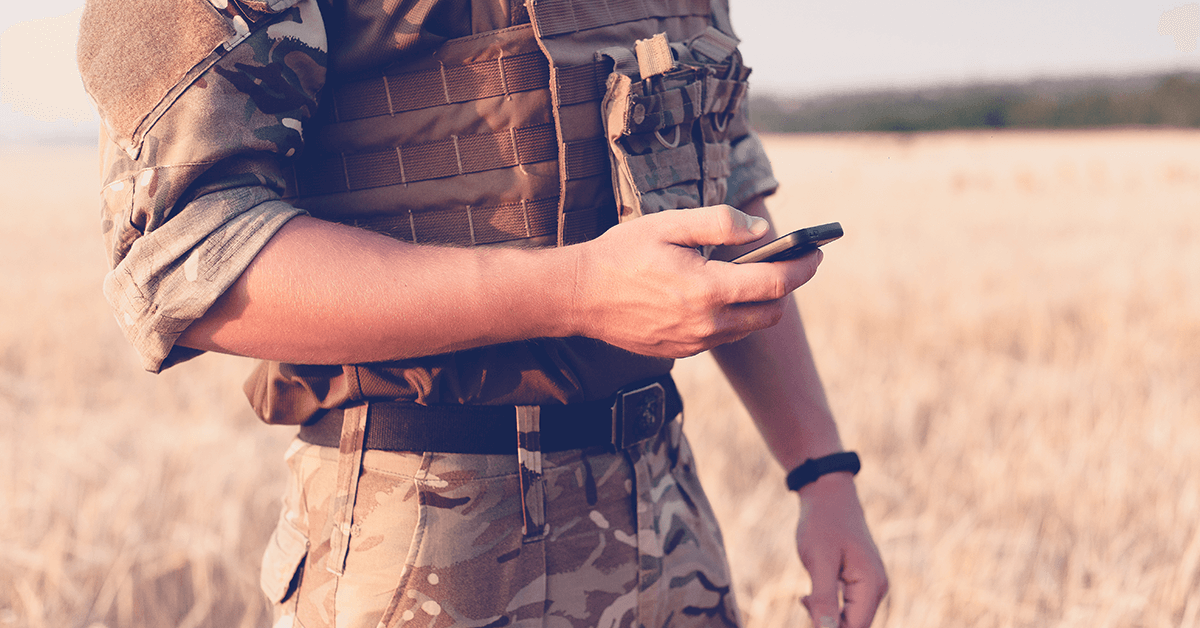
As Russia continues its siege of Ukraine, social media has proven a lethal weapon in this international crisis. Ukrainians and other opponents of Russia have flocked to platforms like TikTok to document the ongoing invasion. As a result, the current Russia-Ukraine situation is dubbed the “First TikTok War.”
Conversely, Russian authorities have restricted the use of multiple social media platforms to combat content creation and control public opinion in Russia. With tensions escalating and traditional news organizations pulling their journalists out of the crossfire, social media is at the forefront of this information war.
Following the Russia-Ukraine War on TikTok
Social media platforms share up-close and personal accounts of the Russia-Ukraine war. Social networks in war are not new; however, the prominence of user-generated content from Ukrainian soldiers and civilians, namely on TikTok, is a novel method of storytelling that has captivated a global audience. As noted by Kyle Chaka in The New Yorker, “Social media’s aesthetic norms are shaping how Ukrainians document the Russian invasion.” Social media might also shape people’s understanding of the conflict.
For instance, Ukrainian photographer Valeria Shashenok, with about 800,000 followers, frequently posts TikToks of her uncertain and endangered life in Chernihiv, approximately 100 kilometers north of Kyiv. And this makes sense, considering Google’s N-E-E-A-T standards. These videos adhere to the platform’s standard format of condensing multiple video shots into a few seconds, accompanied by brief captions and upbeat music. Similarly, Ukrainian soldiers like Alex Hook, boasting 4.3 million followers, regularly share experiences from the battlefield mixed with trendy TikTok audio and dances.
Shashenok, Hook, and many other Ukrainians actively documenting the war on social media generate thousands, if not millions, of views. According to The New York Times review, videos with the hashtag #Ukrainewar have garnered over 500 million views on TikTok and counting. Additionally, some of the most popular videos easily exceed one million likes. In comparison, on Instagram, #Ukrainewar had 125,000 posts, with the most popular videos gaining tens of thousands of times.
Rising Concerns About TikTok Spreading Misinformation
An inundation of unverified or misleading content has many concerned that TikTok is spreading misinformation about the Russia-Ukraine war. With hundreds of thousands of videos circulating across the platform, it’s nearly impossible to authenticate and substantiate all content. In the interest of views, some TikTokers face accusations of exploiting the invasion for personal profit.
To curb the spread of misinformation, TikTok announced its dedication to allotting more resources to monitor misleading content about the war. In other efforts, TikTok banned Russian state-owned media like Sputnik and Russia Today in the European Union and labeled such media state-sponsored in countries where they’re still accessible. Furthermore, TikTok is suspending live streaming and new uploads from Russia.
With concerns about the spread of misinformation reaching global levels, multiple social media creators were called upon by White House Press Secretary Jen Psaki and officials from the National Security Council for a security briefing. In the meeting, officials ensured the influencers had accurate information from an authoritative source before further posting about the war. This inspired SNL’s recent parody showing President Biden meeting with TikTok stars to help tackle disinformation regarding Russia’s invasion of Ukraine. Such security measures and media attention demonstrate the significant impact of TikTok on this ongoing conflict.
Russia’s Crackdown on Social Media
In attempts to control public opinion in Russia about their invasion of Ukraine, Roskomnadzor, Russia’s tech and communications regulator, announced its ban on Facebook, followed by Instagram. Russian authorities justify these bans by labeling Meta as an “extremist organization” after the company allowed its users in some countries to encourage violence against Russian soldiers following its invasion of Ukraine.
Moreover, Russia’s parliament passed a new law targeting journalists who criminalize any Russian citizen who publishes “false information” about the invasion intentionally. This includes using words like “war” and “invasion” to describe Russian actions in Ukraine. The penalty for doing so is as much as 15 years in prison.
Before implementing these restrictive measures, the Russian government sought to orchestrate a campaign in favor of the invasion. As displayed on Reddit, Russian influencers posted videos to social media echoing the Kremlin’s baseless claims of a “genocide” against Russian speakers in Ukraine.
These silencing tactics have prompted many people in Russia to use virtual private networks, or VPNs, to access blocked social media networks and news sites. For example, on Twitter, the hacking group Anonymous instructs people to leave fake Google reviews of Russian businesses and restaurants to inform its citizens about the war.
Social Media’s Crackdown on Russia
During this information war, social media companies have faced pressure from U.S. and European officials to censor Russian misinformation about the war, primarily from state-backed media outlets such as Russia Today and Sputnik.
In compliance, Meta, Twitter, and YouTube are banning Russian state-backed media in the European Union and labeling such media in other regions. Additionally, Snapchat is blocking ads from all Russian advertisers.
Other online entities like Google, Netflix, and Twitch have established bans against Russian media. For instance, Google has removed Russian state media outlets from its Google News service, blocked their access to the Google Play app store, halted all advertising sales in Russia, and suspended payments on YouTube and Google Play in Russia. Similarly, Netflix prohibits access to its video streaming service in Russia and postpones all projects there. Following suit, Twitch, Amazon’s video streaming service, has barred Russian state media outlets from the platform.
Takeaways from “First TikTok War”
While some criticize TikTok as being tone-deaf to this crisis and a mere invitation to keep clicking, others argue that the user-generated content is a vehicle for galvanizing public opinion. Another byproduct of TikTok’s war coverage is the intimate experience the platform generates between creators and viewers. As explained by Chayka, “the digital spaces in which they are consumed create a sense of intimacy that photojournalism, with its tinge of voyeurism, sometimes lacks.” Further, social media posts from soldiers and average citizens highlight the evolution of how news is gathered, consumed, and spread. Whether in favor of or opposed to its use in the war, TikTok and social media are indubitably critical players in the Russia-Ukraine War.
Overdrive Interactive remains current with how digital marketing platforms are used worldwide. Contact us today to learn more about us and our approach to designing custom SEO services that drive revenue.




